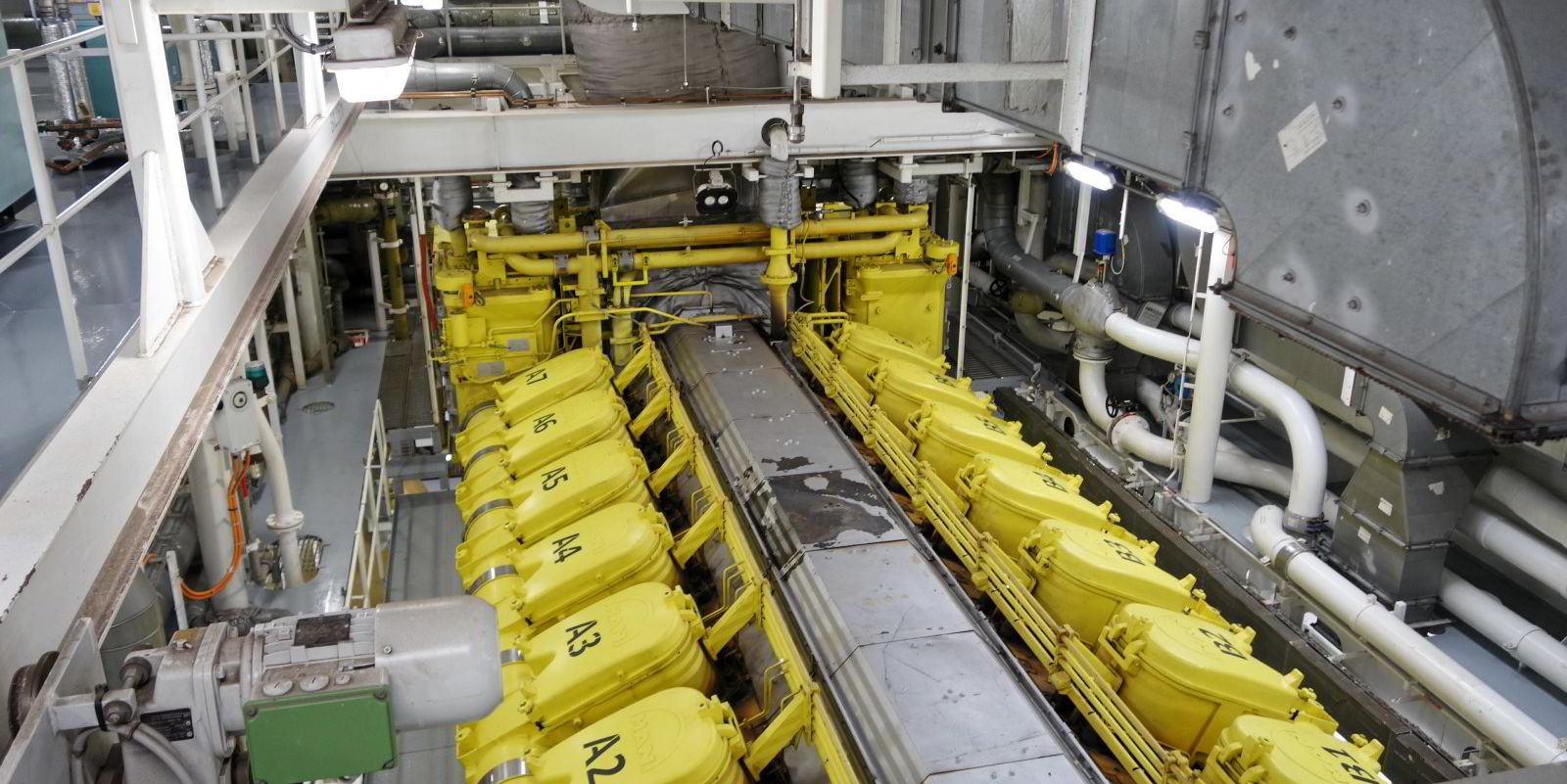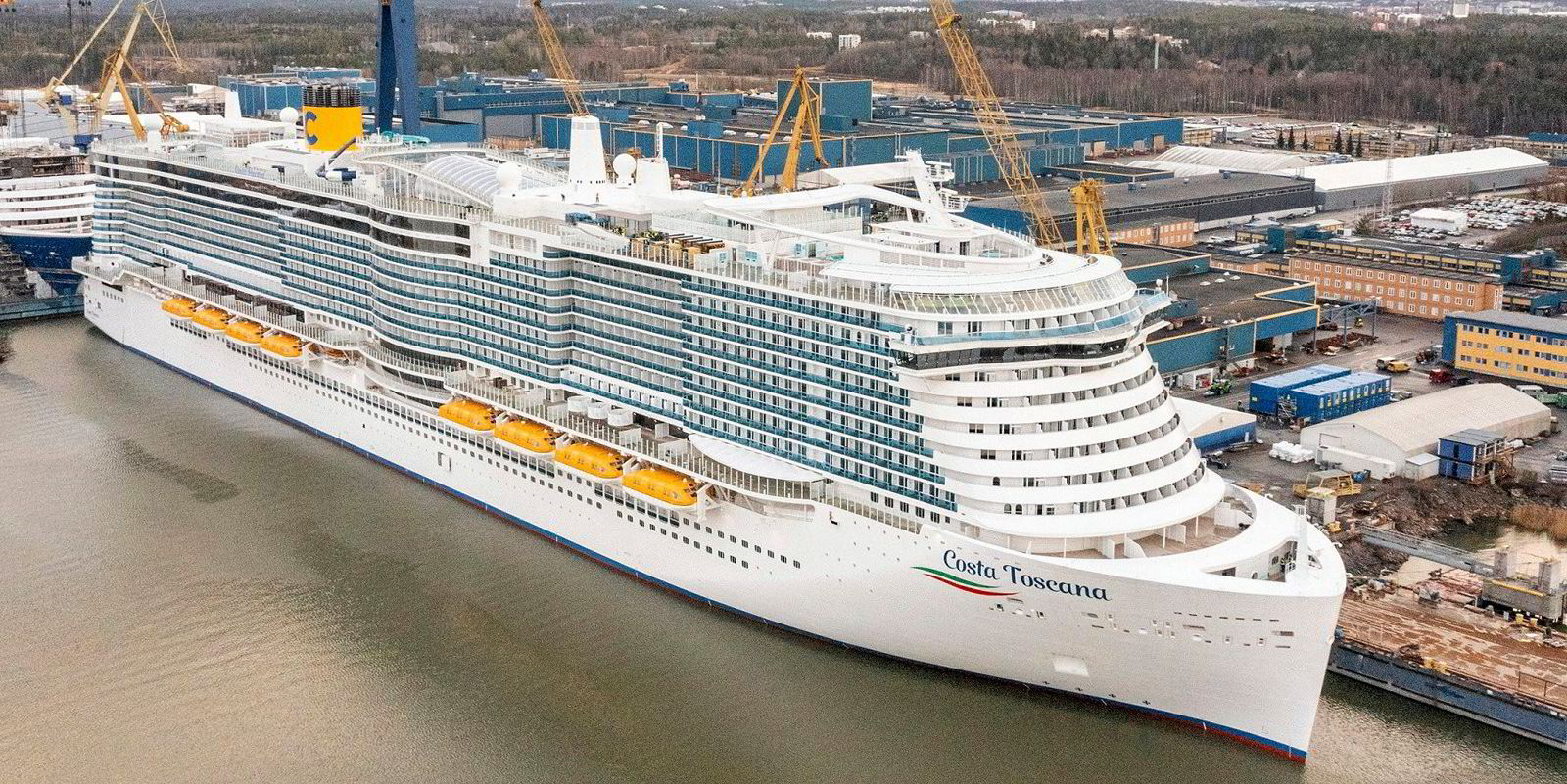The global cruise fleet is likely to meet IMO 2030 and 2050 emissions targets with ease.
The fleet's age profile, based on statistics compiled using data from VesselsValue and IHS Markit, is a relatively young one.
Making up 36.24% of the fleet are 137 ships of less than 12 years. A further 115 ships equating to 30.42% of the fleet were built between 2000 and 2009.
Realistically, these are the ships that will still be in service in 2030.
Vessels built before 2000 are likely to have exited the market due to their age and obsolescence, with perhaps a handful of older niche-market ships remaining.
With 108 newbuildings on order — and many more likely to be contracted once the industry recovers from the pandemic — ships built just after 2000 should also have begun leaving the market by 2030.
This is what will put the industry in a good position for IMO 2030.
Green technology

Modern cruise ships are equipped with ever more efficient and advanced engines.
The industry was an early adopter of gas power, beginning with a series of six gas turbine ships in the early 2000s. LNG dual-fuel engines are now preferred. Seven LNG-powered cruise ships are in service, with a further 19 on order, according to VesselsValue.
Conventionally powered newbuildings are being fitted with increasingly efficient engines, mostly diesel-electric, while a close eye is being kept on the development of alternative fuels that could be used in existing engines.
Efforts have already begun to pay off. In 2019, Carnival Corp revealed that it achieved a 24.8% reduction in CO2 from a peak in 2011, while Royal Caribbean has reported that in 2018 it achieved its 35% emissions reduction target ahead of schedule.
Reductions for both should have improved since then, due to recent disposals of older units, while efficient newbuildings have been added.





